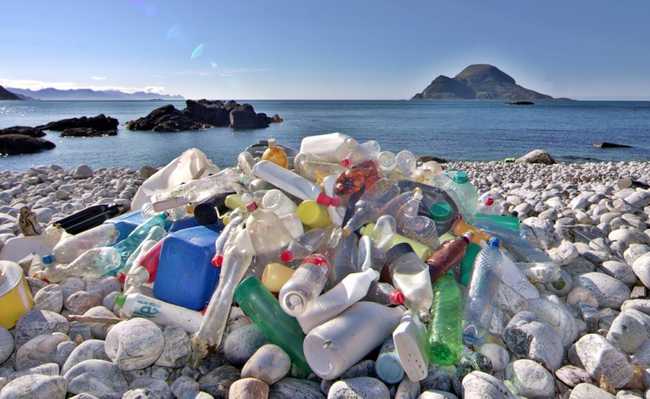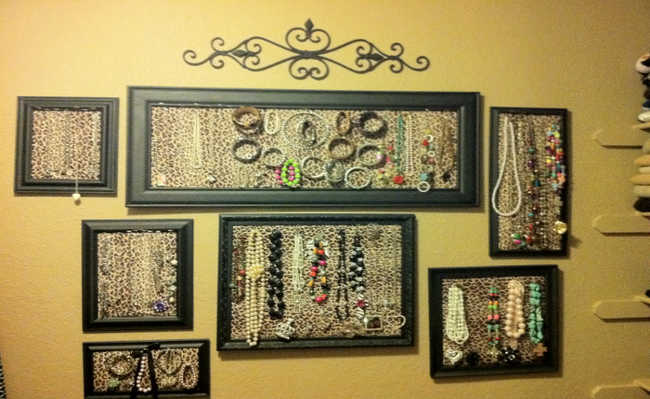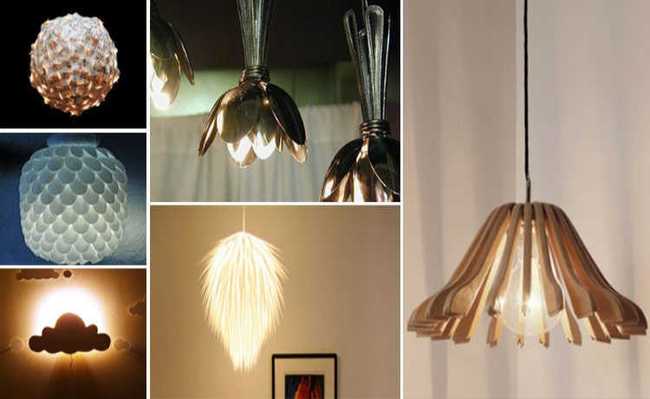What is slow fashion and why adopt this fashion?
Slow fashion is a sustainable alternative to globalized fashion
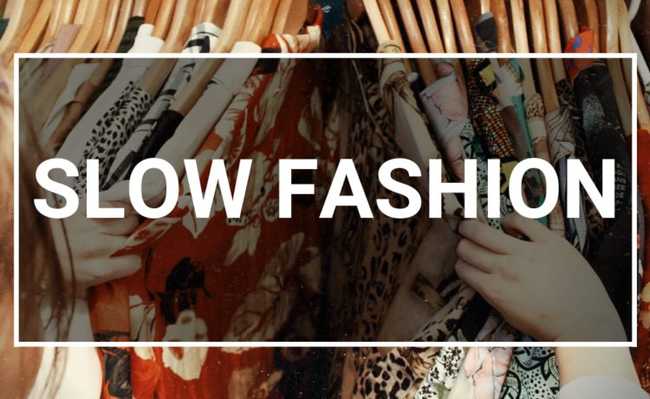
" slow fashion " is a term coined around 2004 in London by Angela Murrills, a fashion writer for the online news magazine Georgia Straight.
The term became known after being widely used in fashion blogs and internet articles. Inspired by the concept of “ slow food ”, which originated in Italy in the 1990s, the slow fashion adapted some points to the scope of fashion.
In contrast to the fast fashion - current fashion production system that prioritizes mass manufacturing, globalization, visual appeal, the new, dependency, concealing the environmental impacts of the product life cycle, cost based on labor and cheap materials without take into account social aspects of production -, the slow fashion emerged as a more sustainable socio-environmental alternative in the fashion world.
The practice of slow fashion values diversity; prioritizes the local over the global; promotes social and environmental awareness; contributes to trust between producers and consumers; it practices real prices that incorporate social and ecological costs; and maintains its production between small and medium scales.
To explain it better, below I list some of the main features of the slow fashion which, coined by Angela Murrills, had its meaning complemented by other ideas, later:
Appreciation of local resources
Prioritizing local production is a way of resisting the avalanche of globalization. As you can see in the article "What is fast fashion?", the globalized production of fast fashion it is made by big brands that standardize clothes for the whole world, which ends up reducing the space for cultural specificities, devaluing local workers and consuming a lot of resources.
Valuing local consumers, producers and natural resources, as opposed to globalized production, is an alternative to standardization, centralization and the production of identical products. This gives rise to the idea of "multilocal society" and a "distributed economy", in which the global is composed of a network of local systems. At the slow fashion , everything that is available locally is used as best as possible, and what cannot be produced locally is exchanged and shared, giving rise to a society that is both local and cosmopolitan - where the term "cosmopolitan" encompasses diversity as opposed to homogeneity, implicit in globalization.
Transparent production systems with less intermediation between producer and consumer
The production of clothing and accessories, in general, depends a lot on the local community and on globalized production (fast fashion), this fact is often intentionally obscured by the fashion brand name.
in the model slow fashion , transparency seeks to inform the real origin of products: instead of omitting the origin of production with generic names of a stylist or brand, for example, the reference is given to smaller scale companies: a more transparent model.
Furthermore, by reducing intermediaries in the process of exchanging goods, the consumer becomes closer to the producer. With this closer bond, producers feel a responsibility to produce with quality, as the products will be consumed by people they know, and consumers feel a responsibility towards producers, who are members of their community. Furthermore, when intermediation in exchanges is avoided, the product tends to be less expensive and the producer appreciates.
Sustainable and sensory products
Sustainable and sensory products from slow fashion are those that have a longer shelf life and are valued more than typical consumables.
The patch is one of the most used practices in slow fashion to extend the life of clothing, shoes and accessories. It was no longer used mainly because it was associated with poverty, but was taken up by the slow fashion and gained credibility, being referred to as a form of recycling.
Another way to extend the life of clothing is to provide products that have functional longevity and remain in fashion. The products developed cannot be those of the “fashion season”. The subject's relationship to the object must involve something more than just appearance. There must be a link capable of preventing early disposal. One way to do this is to develop garments that carry a history, origin, taste, feel, smell, that are handcrafted and that offer something specific to the individual in terms of fit and appearance.
Questioning the notion of fashion that deals exclusively with the "new"
The fashion system needs to pay more attention to consumer interest in used clothing, in custom design and recycling, which opposes the culture of the “new”. In this way, fashion becomes more sustainable.
Challenge to basing fashion exclusively on image
O slow fashion challenges fashion to reorient the quality of its products so that the making of clothing takes into account integral aspects and not just appearance.
Fashion is a choice and not a mandate
With the performance of the globalized industry that dominates the market and standardizes fashion, choosing different products is impossible. O slow fashion it is an alternative that promotes greater freedom in choosing products.
Collaborative/cooperative work
The movement slow fashion values the formation of cooperatives capable of promoting collaboration between agents in the textile chain, a way to generate fairer trade - especially in the case of women, who form a significant contingent in the textile industry.
Socially responsible creation and economic distribution
Production values local resources; eliminates hierarchies between stylists, producers and consumers; it avoids intermediaries in the distribution chain and allows for better economic distribution between the agents in the chain. as the slow fashion it is not concerned with mass production, it is possible to develop articles at fair prices that internalize the social and ecological costs of production, valuing the producers - this avoids the quick flow and disposal of the pieces.
How can you contribute?
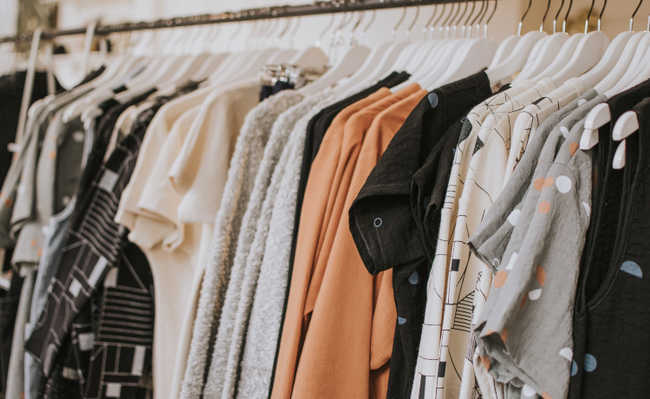 Edited and resized image by Lauren Fleischmann is available on Unsplash
Edited and resized image by Lauren Fleischmann is available on Unsplash
patch
The best way to practice slow fashion it is to stop consuming new garments and invest in reuse. Instead of discarding, why not patch and restyle your pieces? Check out the articles "Turn old shirts into props and useful everyday objects" and "Do it yourself: turn your old shirt into a sustainable bag". If you don't know how to sew, look for seamstresses or couturiers in your region - a way to value the local work.
Visit thrift stores
you can practice slow fashion investing in thrift stores, another form of reuse. Some charities make thrift stores to collect, you help these institutions.
Consume responsibly
When shopping for clothes and accessories, find out if there is local production near you. Choose responsible brands that are concerned with avoiding slave labor and reducing the environmental impacts of the production chain. Usually vegan brands have these concerns. Look for seamstresses in your neighborhood, value them and make durable and personalized clothes for you. Promote the idea of forming women's cooperatives in your neighborhood. Chat with friends and exchange clothes, shoes and accessories with them.
be aware
Avoid trendy pieces, choose more neutral pieces that won't go out of use too soon. Don't be afraid to repeat your clothes! If they are not dirty enough to deserve a wash, use them again and avoid further wear and tear in the washing machine - this way you also reduce microplastic generation. To learn more about this topic, check out the article "Study reveals that washing clothes made with synthetic fibers release microplastics".
lead by example
By adhering to such attitudes, people close to you begin to notice your behavior and can follow your example. For many years, in Brazil, advertisements, soap operas and other cultural and communication media disseminated the culture of fast fashion, imposing an unbridled consumption based on image and non-repetition of clothes, a practice that is not sustainable in the long term.
For other ideas on how to go easy on the environmental impact of your clothes, check out the article "Tips for having an environmentally correct footprint with your clothes".
Avoid plastic textile fibers
Plastic textile fibers such as polyester and polyamide (nylon) are sources of microplastic. Therefore, try to avoid them and, in their place, prioritize organic cotton. To learn more about this topic, check out the article: "Environmental impacts of textile and alternative fibers".
Dispose correctly
Avoid as much as possible discarding. But if you haven't found any alternative to reuse or recycling and need to dispose of it, please dispose of it correctly. Find collection stations closest to your home at eCycle portal.


